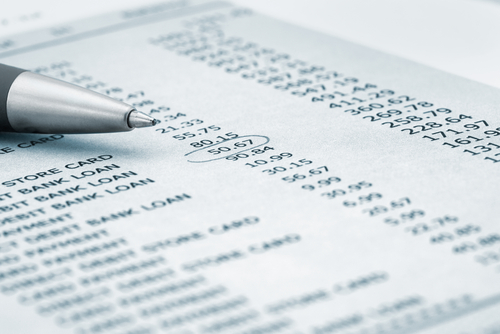Credit Cards & Loans
Rock, paper, digital; traditional bank statements beat online equivalents

Consumers are best able to manage their finances when they receive bank statements through the post, rather than simply checking online, according to a study released by pressure group Keep Me Posted.
Consumers are best able to manage their finances when they receive bank statements through the post, rather than simply checking online, according to a study released by pressure group Keep Me Posted.
The exercise looked into the value of paper statements, comparing their efficacy to their online equivalent. 2,399 UK adults participated; half were sent a mock bank statement and a notice of changes to overdraft fees by post, while the other half were sent the same information via email. Respondents were then asked detailed questions about the information they’d received.
The results suggest that people are twice as likely to identify correctly how much money is in their account if they receive the statement by post; only 32 per cent of the digital control group answered all the questions put to them, versus 82 per cent from the paper group.
Participants in the paper group were also better able to identify ways in which to improve their finances, such as cutting spending (90 per cent, compared to 77 per cent from the digital half).
“People’s understanding of the information they receive has important implications on their ability to manage their money effectively,” Judith Donovan, chair of the Keep Me Posted campaign, said. “The findings confirm that receiving paper correspondence may help people manage their finances better. It can help them avoid going overdrawn inadvertently or spending beyond their means.”
To learn more about the risks of online banking, please visit the Your Money guide ‘What to do if you send money to the wrong account‘.